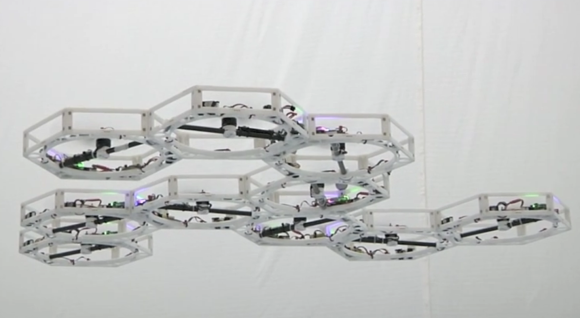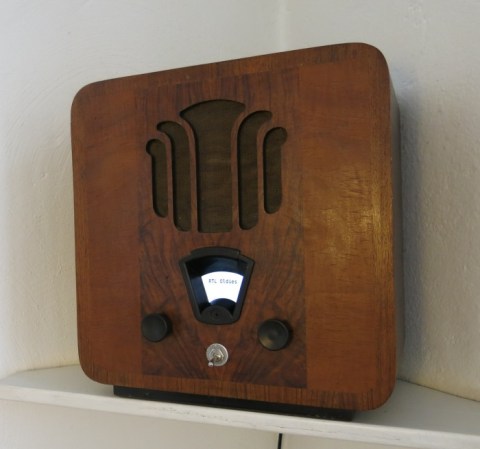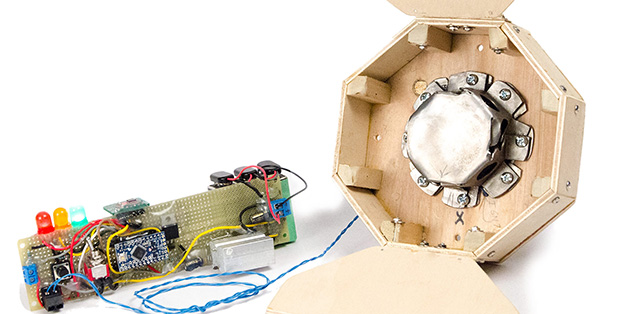![]()
Wanting to repair his much-used NES controllers [Michael Moffitt] sourced a replacement for the rubber button pads. They didn’t work all that well but he fixed that by using angle clippers on the part that contacts the PCB traces.
Here’s a neat Claw Game project show-and-tell video. [Thanks David]
We already know that [Bunnie] is building a laptop. Here’s an update on the project.
Hackaday alum [Caleb Kraft] continues his helpful hacking by adding an alternative to clicking an Xbox 360 stick.
[Blackbird] added a camera to the entry door of his house. He didn’t want to forget to shut it off (wasting power) so he built an automatic shutoff.
We’re not really sure what this computational photography project is all about. It takes pictures with the subject illuminated in different colors then combines individual color channels with a MATLAB script.
Finally, [Dave Jones] tears down a Nintendo 64 console on a recent EEVblog episode.



 At first glance you might not even notice that
At first glance you might not even notice that 












